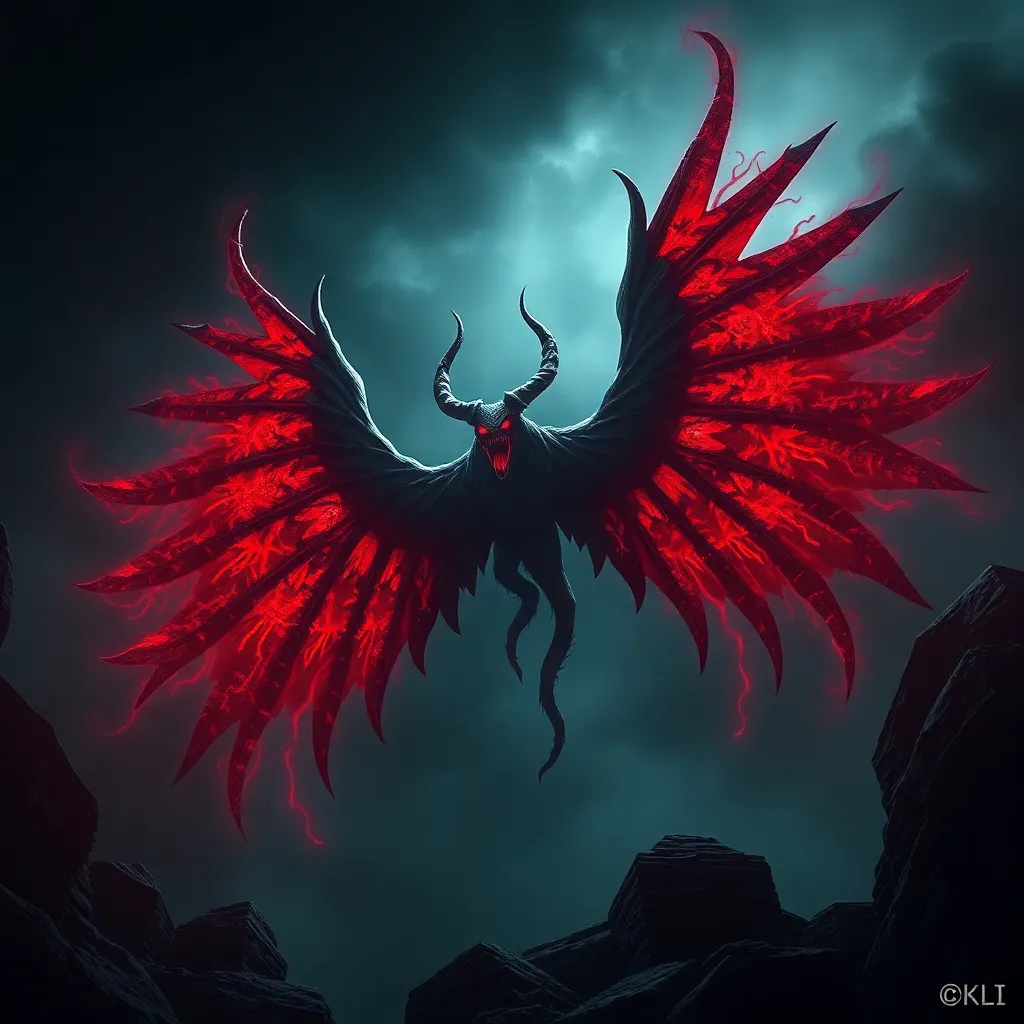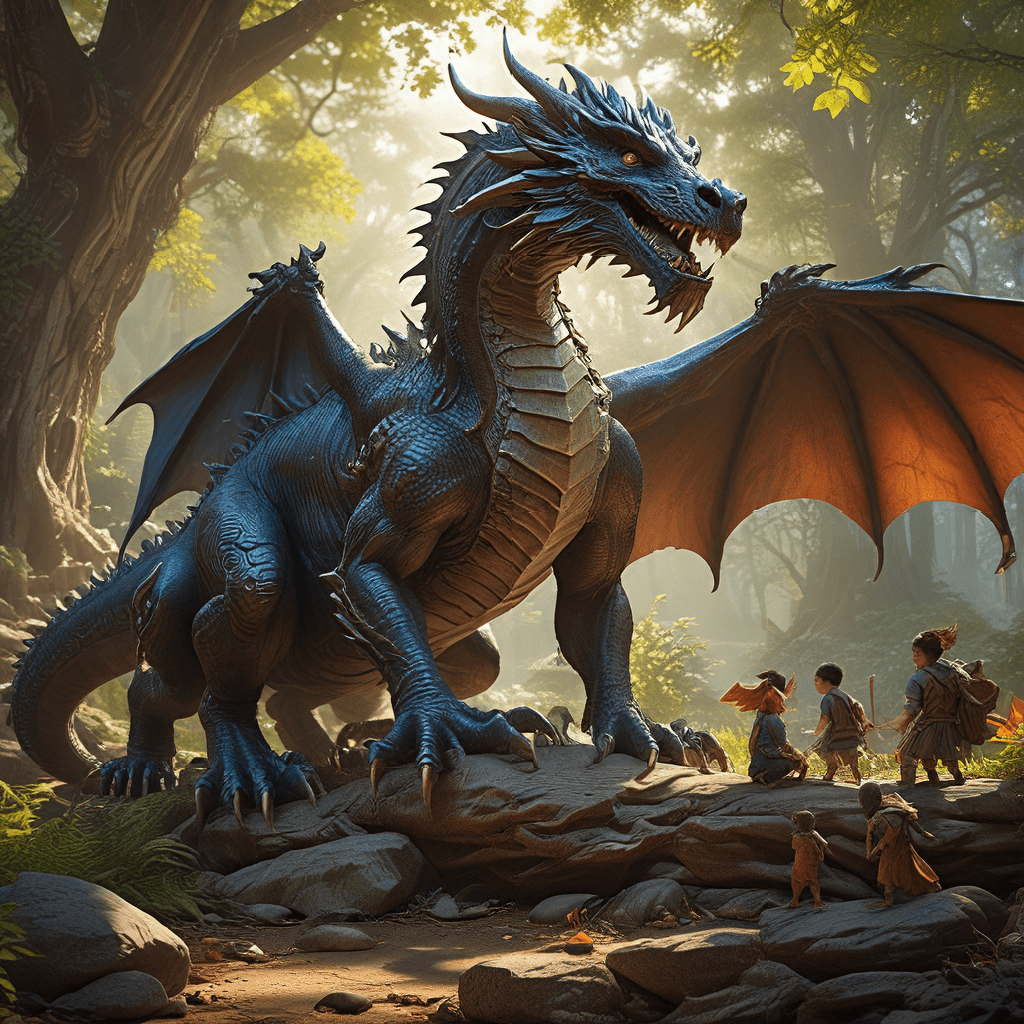The Bloodthirsty Wings of Camazotz: Mayan Myths of Darkness and Death
I. Introduction to Camazotz
In the rich tapestry of Mayan mythology, Camazotz emerges as a powerful and fearsome figure. Often depicted as a bat-like deity, Camazotz embodies the themes of darkness, death, and the supernatural. This article explores the multifaceted nature of Camazotz, delving into the significance of bats and darkness in Mesoamerican culture, and examining how these elements reflect the broader themes of mortality and transformation.
II. The Origins of Camazotz
The origins of Camazotz can be traced back to the historical context of the Mayan civilization, which flourished in Mesoamerica from around 2000 BC to the arrival of Europeans in the 16th century. The Mayans had a complex belief system that intertwined their daily lives with mythological narratives, and Camazotz occupies a significant place within this framework.
Mythologically, Camazotz is often referenced in sacred texts such as the Popol Vuh, the Mayan creation myth, where he plays a critical role in the story of creation and destruction. The mythological roots of Camazotz reveal his connections to other Mesoamerican cultures, where similar bat deities were revered and feared, illustrating a shared belief in the power of darkness and death.
III. The Symbolism of Bats in Mayan Culture
Bats hold a unique place in Mayan culture, symbolizing both death and regeneration. They are often associated with the underworld and the spiritual realm, acting as messengers between the living and the dead. This duality ties into the broader Mayan belief system, where light and darkness coexist in a delicate balance.
- Death: Bats are viewed as harbingers of death, embodying the fear of the unknown and the afterlife.
- Regeneration: Conversely, their ability to thrive in darkness symbolizes the potential for renewal and rebirth.
The role of bats extends beyond symbolism; they were integral to various Mayan rituals and practices. Offerings and ceremonies often included elements related to bats, reflecting their significance in the Mayan understanding of life and death.
IV. Camazotz’s Role in Mayan Cosmology
In the Mayan cosmology, Camazotz is intricately connected to the underworld, known as Xibalba. This realm is often depicted as a dark and foreboding place where souls journey after death. Camazotz serves as a guardian of this underworld, representing the inevitability of death and the mysteries that lie beyond.
Numerous myths relate to Camazotz, particularly those involving creation and destruction. He is often portrayed as a force that brings about change, embodying the cyclical nature of life. In this way, Camazotz is not merely a figure of fear; he is also a harbinger of fate and transformation, emphasizing the interconnectedness of life and death.
V. The Bloodthirsty Nature of Camazotz
Camazotz is frequently depicted as a deity of sacrifice, highlighting his bloodthirsty nature. In various myths, stories of human offerings are recounted, emphasizing the cultural significance of these rituals. Sacrifice was seen as a way to appease the gods and ensure balance in the universe.
- Human Offerings: The stories surrounding Camazotz often involve gruesome tales of sacrificial rites aimed at satisfying this formidable deity.
- Cultural Significance: These offerings reflect societal fears and beliefs, showcasing the lengths to which the Mayans would go to maintain harmony with their gods.
The impact of Camazotz on Mayan society was profound, instilling a sense of reverence and fear that shaped their worldview and cultural practices.
VI. Interpretations and Representations in Art
Artistic depictions of Camazotz can be found in various Mayan artifacts, illustrating the importance of this deity in their culture. These representations often showcase the duality of his nature, portraying both his fearsome qualities and his role as a protector of the underworld.
Iconography related to darkness and death is prevalent in Mayan art, with bats frequently appearing in murals, pottery, and carvings. This artistic expression serves to communicate the beliefs and values of the Mayan civilization, emphasizing the lasting influence of Camazotz in various forms of contemporary art.
VII. Legacy of Camazotz in Modern Culture
The legacy of Camazotz continues to resonate in modern culture, with a resurgence of interest in Mayan mythology evident in literature, film, and popular media. Contemporary interpretations of Camazotz often explore themes of darkness and death, reflecting a fascination with ancient myths.
- Literature: Modern authors draw upon the rich narratives of Mayan mythology, incorporating elements of Camazotz into their storytelling.
- Film: Cinematic representations often highlight the dramatic aspects of Camazotz’s character, bringing the myth to life for new audiences.
- Popular Media: Video games and graphic novels frequently reference Camazotz, showcasing the enduring appeal of this bloodthirsty deity.
These modern interpretations shape our understanding of the myth, allowing for a dialogue between ancient beliefs and contemporary perspectives.
VIII. Conclusion
In summary, Camazotz holds a significant place in Mayan mythology, embodying the themes of darkness and death that permeate their culture. His dual nature as a bringer of fate and transformation reflects the complex worldview of the Mayans, where life and death are intricately intertwined.
As we reflect on the relevance of ancient myths in contemporary society, it becomes clear that figures like Camazotz continue to inspire and provoke thought about the human experience, our fears, and our beliefs about mortality. The bloodthirsty wings of Camazotz remind us of the rich narrative tapestry that ancient cultures have woven, and their enduring impact on our understanding of life and death.



